Overview of this arduino uno r3 with cable
Introducing the Arduino Uno R3 with Cable, a versatile microcontroller board based on the ATmega328P chip. This board features 14 digital I/O pins and 6 analog input pins, providing extensive connectivity options. Equipped with a 16 MHz ceramic resonator and onboard DC power jack, it’s designed for robust performance. Additionally, it includes a USB port and ICSP header, ensuring seamless integration with various peripherals.
The Arduino Uno R3 IC distinguishes itself by utilizing the Atmega16U2 (or Atmega8U2 up to version R2) for USB-to-serial conversion, eliminating the need for FTDI drivers. Powering the board is straightforward, with options for USB connection or an external power supply. The automatic power source selection enhances user convenience, making the board adaptable to different power conditions. External power can be supplied through a DC adapter or battery, with a recommended range of 7-12V for optimal performance.
Ideal for DIY project prototyping and automation system development, the Arduino Uno with Cable is perfect for beginners and advanced users alike. With features like 32 KB flash memory, 2 KB SRAM, and a 16 MHz clock speed, it supports a wide range of applications. From learning AVR programming to entry-level circuit designing, the Arduino Uno R3 IC offers a reliable and user-friendly platform. Start creating and controlling your projects effortlessly with this comprehensive development board.
Features
- Microcontroller and Memory: The Uno R3 features the ATmega328P microcontroller, offering robust performance. It includes 32 KB of flash memory, 2 KB of SRAM, and 1 KB of EEPROM.
- Input and Output: The board has 14 digital I/O pins, with 6 providing PWM output. Additionally, it includes 6 analog input pins for versatile sensor connections.
- Power Supply Options: The Uno R3 can be powered via USB connection or an external supply. It supports a voltage range of 7-12V for stable operation.
- Clock Speed and Performance: Operating at a clock speed of 16 MHz, it ensures efficient processing. This allows for smooth execution of complex tasks and projects.
- USB-to-Serial Conversion: It features the Atmega16U2 programmed as a USB-to-serial converter. This replaces the FTDI USB-to-serial driver chip used in previous versions.
- Easy Connectivity: The board includes a USB port and a DC power jack for easy connections. This simplifies the setup process, making it beginner-friendly.
- Versatile Applications: Ideal for DIY projects, automation, and AVR programming learning. It’s perfect for developing varied projects that require code-based control.
Specification
| Specification | Details |
|---|---|
| Microcontroller | ATmega328P |
| Operating Voltage | 5V |
| Input Voltage (recommended) | 7-12V |
| Input Voltage (limit) | 6-20V |
| Digital I/O Pins | 14 (of which 6 provide PWM output) |
| Analog Input Pins | 6 |
| DC Current per I/O Pin | 40 mA |
| Flash Memory | 32 KB |
| SRAM | 2 KB |
| EEPROM | 1 KB |
| Clock Speed | 16 MHz |
| USB-to-Serial Converter | Atmega16U2 (or Atmega8U2 up to version R2) |
| Automatic Power Source Selection | Yes |
| External Power Input | AC-to-DC adapter or battery |
| Power Jack | Onboard DC power jack |
| Voltage Regulator | Automatically selected |
| Operating Range | 6V to 20V (recommended: 7V to 12V) |
| Dimensions | Standard Arduino Uno form factor |
| Weight | Varies depending on manufacturer |
| Programming | Via USB cable |
| SKU | RW-1 |
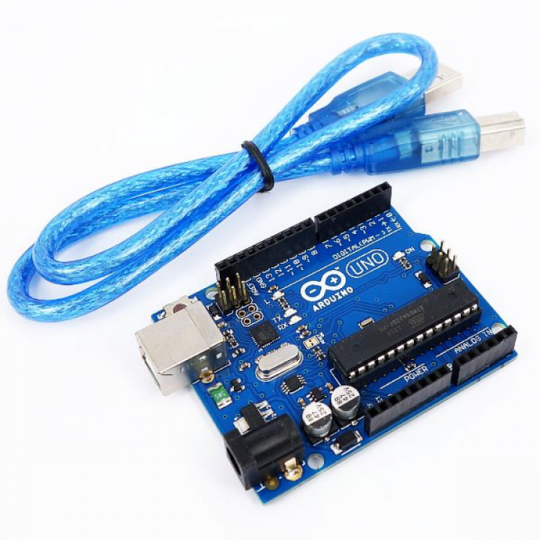
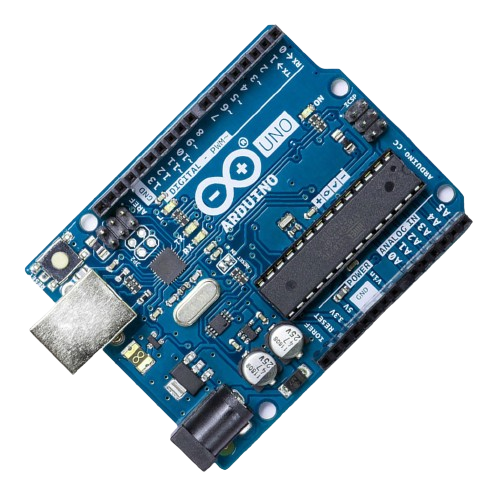
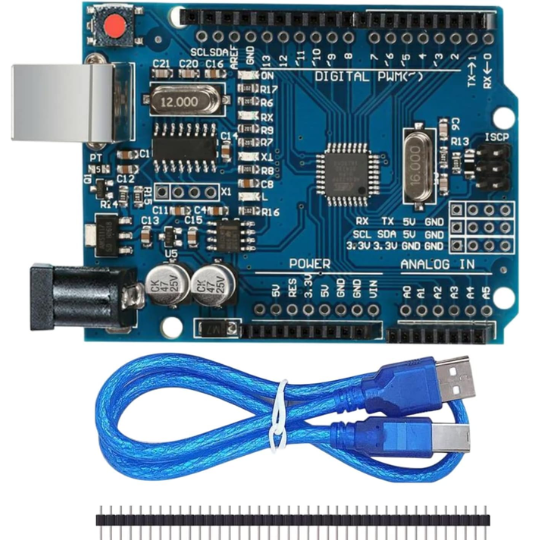
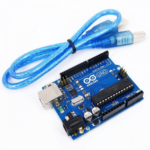
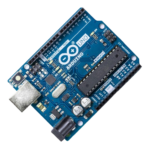
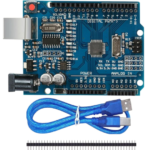
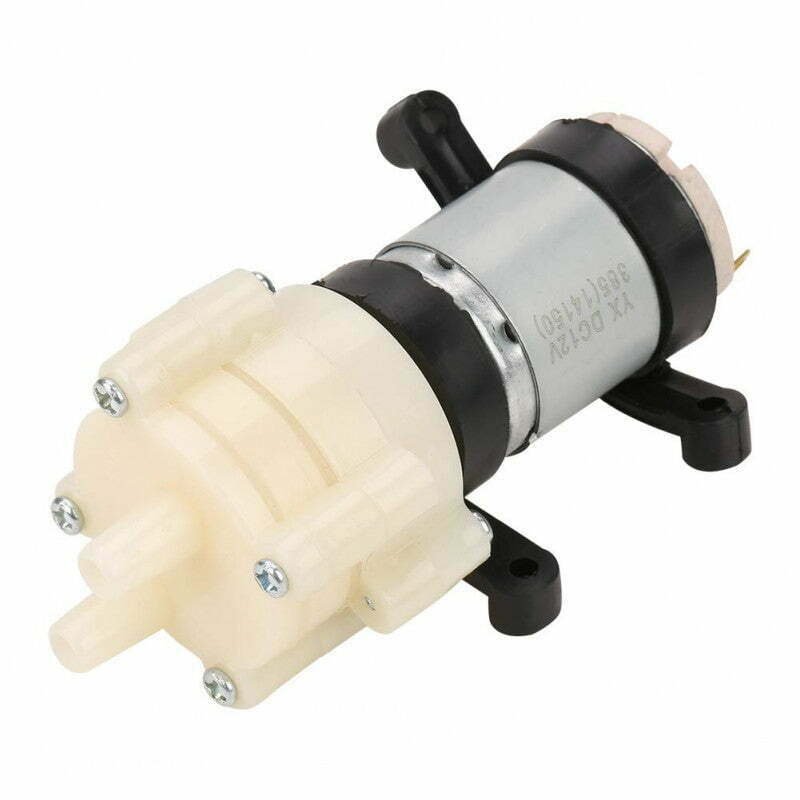
![roboway ]Hi-link VRB4805YMD-6WR3 48V to 5V 6W 1.2A Isolated Dc Dc Converter DIP package Power Moduleroboway ]Hi-link VRB4805YMD-6WR3 48V to 5V 6W 1.2A Isolated Dc Dc Converter DIP package Power Module](https://roboway.in/wp-content/uploads/2023/09/roboway-Hi-link-VRB4805YMD-6WR3-48V-to-5V-6W-1.2A-Isolated-Dc-Dc-Converter-DIP-package-Power-Module.png)


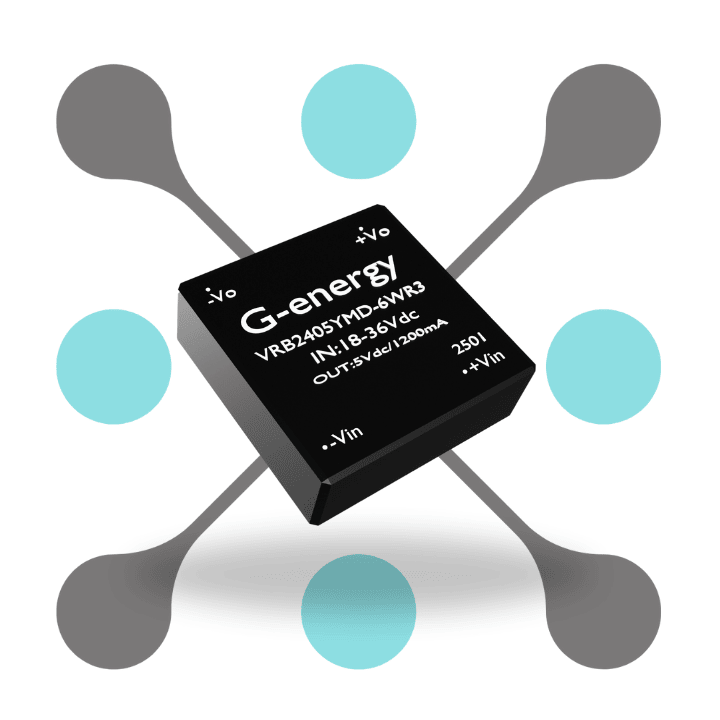



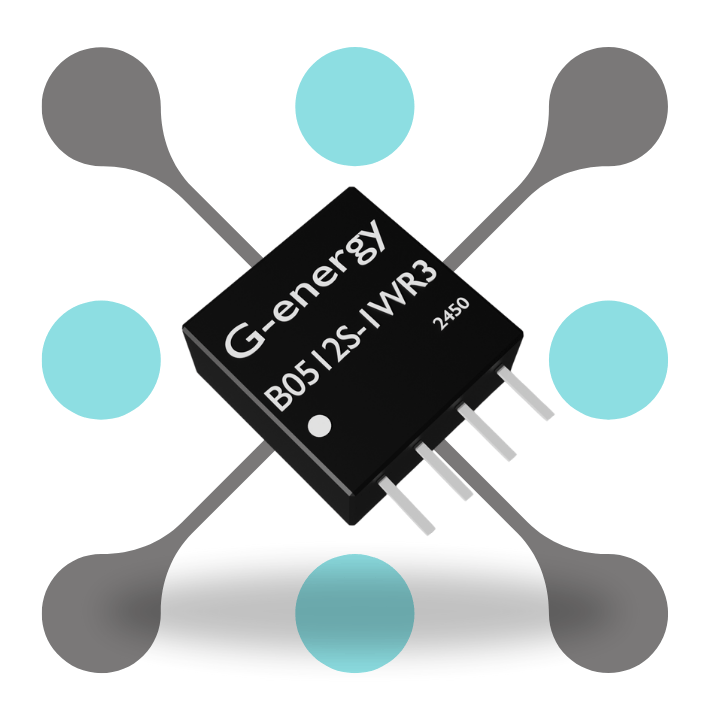




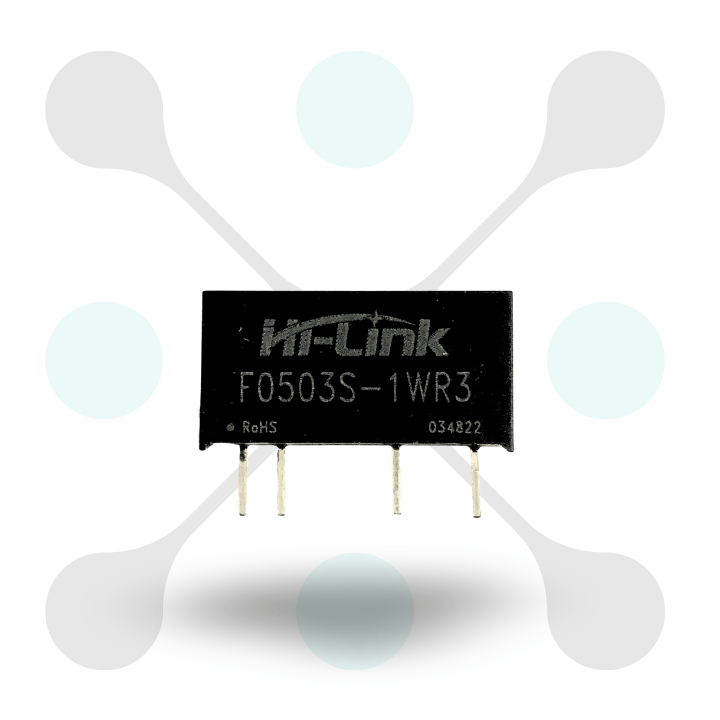
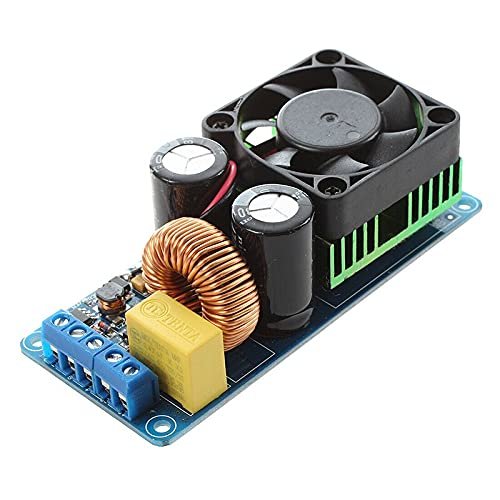
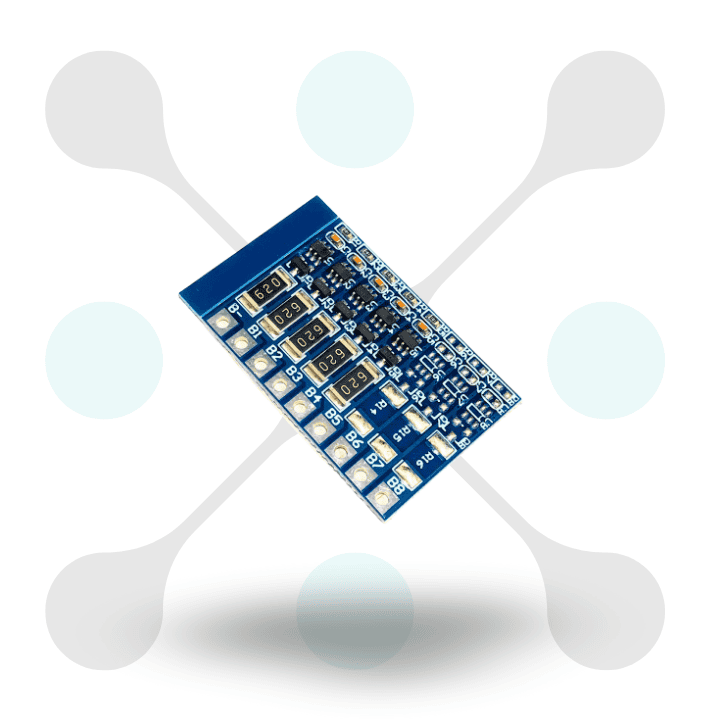
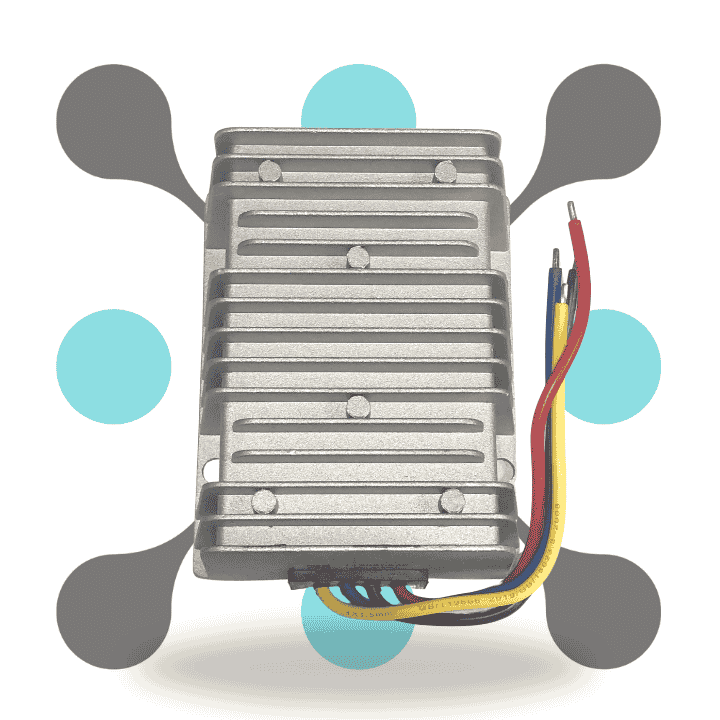

Reviews
Clear filtersThere are no reviews yet.